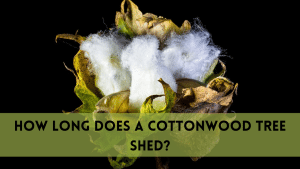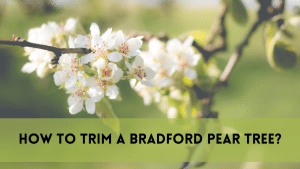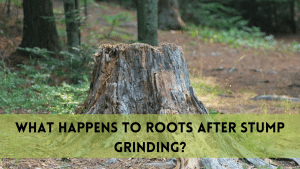Small trees can be a charming addition to any landscape, but there are times when they need to be removed. Whether they’re posing a threat to other plants, structures, or simply outgrowing their space, knowing how to remove small trees is an essential skill for any property owner. In this guide, we’ll walk you through the process, step by step, and provide valuable insights based on first-hand experience and trusted sources.
How to Remove Small Trees
Choosing the Right Tools
To ensure a successful tree removal, having the right tools is crucial. Some essential tools you’ll need include:
– Pruning Shears: Ideal for small branches and twigs.
– Handsaw: Necessary for cutting larger branches.
– Chainsaw: Essential for larger trees.
– Safety Gear: Always wear gloves, safety glasses, and appropriate clothing.
Assess the Tree
Before you start, carefully assess the tree. Consider factors such as its size, health, proximity to structures, and the direction it should fall. If the tree is too large or close to structures, it’s best to seek professional assistance.
Safety Precautions
Safety should be your top priority. Follow these precautions:
– Clear the Area: Ensure the area around the tree is clear of people and obstacles.
– Plan the Direction: Decide the direction the tree should fall, and clear that path.
– Stay Aware of Power Lines: Keep a safe distance from power lines.
– Use Proper Techniques: Learn the proper cutting techniques to prevent accidents.
Step-by-Step Tree Removal
1. Prune the Tree: Start by pruning the smaller branches, making the cutting process more manageable.
2. Create a Notch: On the side where the tree should fall, make a notch cut.
3. Back Cut: Make a horizontal cut on the opposite side, a few inches above the notch.
4. Felling: As the tree starts to lean and the back cut is almost complete, it will fall in the desired direction.
5. Trimming: Once the tree is down, trim the branches and cut the trunk into manageable sections.
Disposal of Tree Debris
Proper disposal of tree debris is essential. You can use the branches as firewood, mulch, or compost. Alternatively, check with your local waste disposal facilities for guidelines on tree disposal.
FAQ’s
1. Q: Can I remove a small tree on my own?
A: If the tree is small and away from structures, you can attempt it. However, for larger trees or those near buildings, it’s best to hire a professional.
2. Q: What time of year is best for tree removal?
A: Late fall or winter when the tree is dormant is the ideal time for removal, as there’s less risk of damage to surrounding plants.
3. Q: Are there any permits required for tree removal?
A: Depending on your location, there might be permits required, especially for larger trees. Check with your local authorities.
4. Q: How much does professional tree removal cost?
A: The cost varies based on tree size, location, and other factors. It’s best to get quotes from reputable tree removal services.
5. Q: What should I do if the tree removal process goes wrong?
A: If the tree doesn’t fall as planned, or there’s a mishap, seek professional help immediately to avoid further risks.
6. Q: Can I use the wood from the removed tree?
A: Yes, the wood can be used as firewood, mulch, or for other purposes if properly prepared.
Conclusion
Knowing how to remove small trees is a valuable skill for any property owner. By following the right tools, safety precautions, and step-by-step instructions, you can safely and effectively remove small trees from your property. If in doubt, don’t hesitate to seek professional assistance. Remember to dispose of tree debris responsibly and consider using the wood for other purposes. With the right knowledge and preparation, you can maintain a beautiful and safe landscape.




